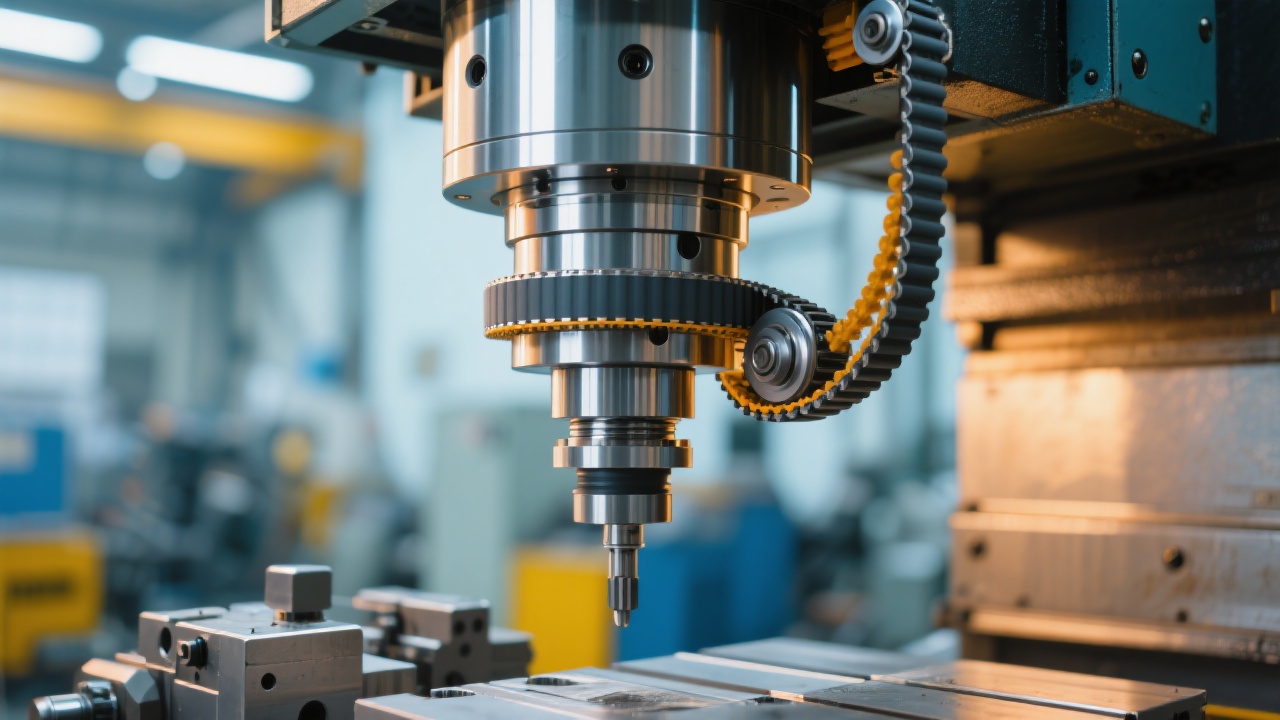
When it comes to graphite machining, the graphite-specific CNC milling machine GJ1417 is your go-to equipment. However, it faces significant challenges from dust pollution during the machining process, which can have a substantial impact on its precision and service life.
Dust generated in graphite processing can easily penetrate into various parts of the machine, causing wear and tear on components and reducing the accuracy of machining. For instance, dust accumulating on the linear guide rails can increase friction, leading to positioning errors. Over time, this can severely affect the overall performance and longevity of the machine.
Daily cleaning is the first line of defense in maintaining the GJ1417. It is recommended to clean the machine at least once a day. A clean working environment can prevent dust from settling on critical components. For the cleaning, you can use a soft brush to remove large particles of dust first, and then use a vacuum cleaner to suck up the remaining fine dust.
When it comes to lubrication, you have two options: dry lubrication and oil mist lubrication. Dry lubrication is suitable for environments with low dust levels. It is relatively clean and easy to maintain. On the other hand, oil mist lubrication provides better lubrication performance and can effectively reduce friction and heat generation. It is more suitable for high-intensity machining operations. However, it requires a more complex lubrication system and regular maintenance.

Regular detection of key components is crucial for maintaining the accuracy and performance of the GJ1417. The linear guide rail clearance and spindle runout are two important parameters that need to be monitored regularly. The linear guide rail clearance should be checked every two weeks. A clearance within 0.02mm is considered normal. For the spindle runout, it should be measured at least once a month, and the runout should not exceed 0.01mm.
Here is a table showing the detection frequency and standard methods for some key components:
| Component | Detection Frequency | Standard Method |
|---|---|---|
| Linear Guide Rail Clearance | Every two weeks | Use a feeler gauge to measure the clearance |
| Spindle Runout | Once a month | Use a dial indicator to measure the runout |
| Ball Screw Clearance | Once every three months | Use a laser interferometer to measure the clearance |
Even with regular maintenance, the GJ1417 may encounter some common faults. For example, if the machine has inaccurate positioning, you should first check the linear guide rail clearance and the tightness of the ball screw. If the surface roughness of the machined part is abnormal, it may be caused by a dull cutting tool or improper spindle speed.
Here is a general troubleshooting process for common faults:

Many users have shared their successful experiences in maintaining the GJ1417. For example, a user in a large - scale graphite processing factory found that by strictly following the maintenance schedule and using oil mist lubrication, the service life of their GJ1417 machines has been extended by 30%.
The GJ1417 has several outstanding advantages. It features a high - rigidity structure, which can effectively resist the impact of machining forces and ensure stable operation. Its multi - axis linkage ability allows for complex machining operations, improving machining efficiency and accuracy. Moreover, it supports customized configuration, meeting the diverse needs of different customers. Relying on the Kaibo CNC standard system, the GJ1417 is fully protected from design to after - sales service.
If you want to learn more about the maintenance of the graphite - specific CNC milling machine GJ1417 or are interested in our products, click here to explore more.

